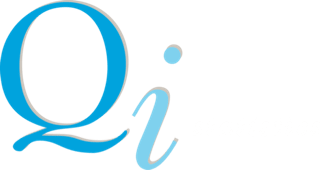Qi Statistics are proud to be running 3 Tutorials at the upcoming 14th Sensometrics meeting entitled “Going Further” – April 9-12, Montevideo, Uruguay
1. Ideal Profile Method – Thierry Worch
The Ideal Profile Method is a sensory methodology in which consumers are asked to profile products. During the test, they are also asked to describe their ideal and to score the products based on their liking.
At the end of the test, each consumer provides the sensory profiles of the products (how do they perceive the products?), the sensory profile of their ideal product (what do they want?) and liking scores (how do they appreciate the products?)
More
2. Insights on Product Opimization – Thierry Worch
Optimizing samples is a critical step in product development as it allows companies to get closer to the consumer’s optimal sample, hence increasing the chances of market success.
Originally, optimization was performed through statistical modelling that combined sensory description of the samples gathered from trained panels to the consumers liking responses. Such approach has been extended with data collection methods that include directly the information regarding optimal product (Ideal Profile Method, Just About Right Scale).
This tutorial will give you a comprehensive insights on the statistical models and how they can be efficiently used to help you with your product optimization. Original (e.g. Preference Mapping) as well as more recent methods (PrefMFA, PLS based models, etc.) will be presented and discussed.
More
3. Introduction to Bayesian Methods for Sensory & Consumer data – Anne Hasted
Bayesian statistical analysis has been successfully used in other industries for many years now, yet is rarely seen in the sensory and consumer world. This technique offers an approach to formally combine historical data with current data to see results of trials put into context with
past research rather than treating each trial in isolation and then making subjective interpretations.
Additionally, benefits are seen in both reduction of sample sizes and increased ability to make robust decisions with a move away from reliance on the contentious ‘p-value’. In this tutorial, we give you the background understanding to the key concepts of these analysis methods, that needs to be understood before a Bayesian study can be set-up and we give information on how to interpret and apply results of a Bayesian analysis to improve decision making ability and so maximising use of your data. Practicalities of taking this approach are also discussed.
More



